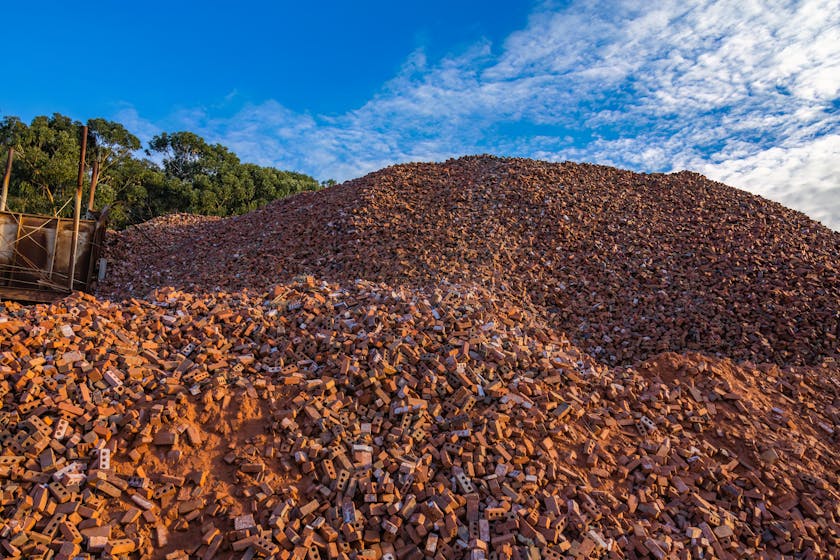If you’re considering once-a-month cooking as a strategy for emergency preparedness, then understanding the nuances of bulk meal storage is essential. Not only does it provide you with a sense of security, but it also ensures that you and your family have access to nutritious meals during unexpected situations.
Understanding the Basics of Bulk Meal Storage
When diving into the world of once-a-month cooking, the first step is to familiarize yourself with the basics of bulk meal storage. This includes knowing which foods store well, understanding proper storage conditions, and recognizing the importance of rotation to keep your stockpile fresh.
Choosing the Right Foods for Bulk Storage
The cornerstone of effective bulk meal storage is selecting the right ingredients. Look for non-perishable items such as rice, beans, pasta, and canned goods, which have long shelf lives and are versatile in meal preparation. Dried herbs and spices are also essential to add flavor to your dishes without taking up much space.
Optimal Storage Conditions to Prolong Shelf Life
Once you have your ingredients, it’s crucial to store them in optimal conditions to prolong their shelf life. A cool, dry, and dark place is ideal for preventing spoilage and maintaining nutritional value. Ensure that your storage containers are airtight to keep out moisture and pests.
Rotation: The Key to Fresh Emergency Supplies
Regularly rotating your bulk meal storage is vital. Use the first-in, first-out (FIFO) method to ensure you consume the oldest items first, keeping your stockpile fresh and reducing waste.
Planning Your Once-a-Month Cooking Menu
Now that you’ve got the storage down, it’s time to plan your once-a-month cooking menu. Consider creating a diverse range of meals that can be easily frozen and reheated. Soups, stews, casseroles, and marinated meats are great options for bulk preparation and storage.
Preparation Tips for Large-Scale Cooking
When preparing meals in bulk, efficiency is key. Organize your ingredients, plan your cooking order, and don’t be afraid to multitask. For example, while a casserole bakes, you can be assembling burritos for freezing.
Implementing Safe Freezing Techniques
Safe freezing is critical to maintain the quality and safety of your meals. Cool cooked food rapidly before freezing to minimize the risk of bacterial growth. Label each container with the contents and date, so you can easily keep track of your inventory.
Maximizing Space in Your Freezer
To make the most of your freezer space, store meals flat in stackable containers or zip-top bags. This not only saves space but also speeds up the thawing process when you’re ready to eat.
Packaging Meals for Long-Term Storage
Proper packaging is essential for preserving the taste and quality of your meals. Vacuum-sealing is an excellent method for long-term storage as it removes air and prevents freezer burn.
Thawing and Reheating Your Stored Meals
When it’s time to use your stored meals, plan ahead. Thaw them in the refrigerator to ensure safe and even reheating. Always heat to the recommended temperature to kill any potential bacteria.
With a solid plan and understanding of bulk meal storage, once-a-month cooking can be an invaluable part of your emergency preparedness strategy. Not only does it save time and money, but it also provides peace of mind knowing that you are ready for any situation.


